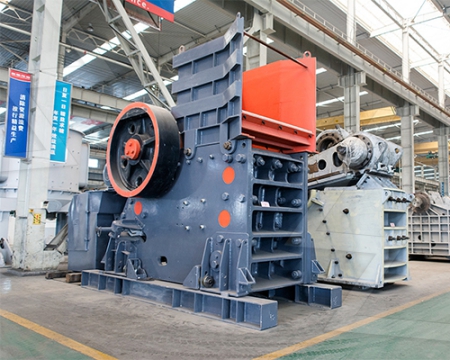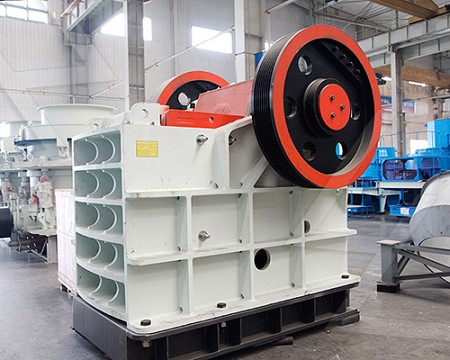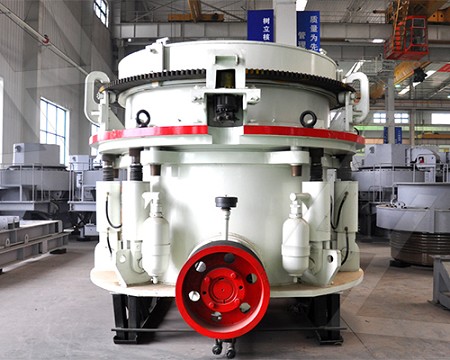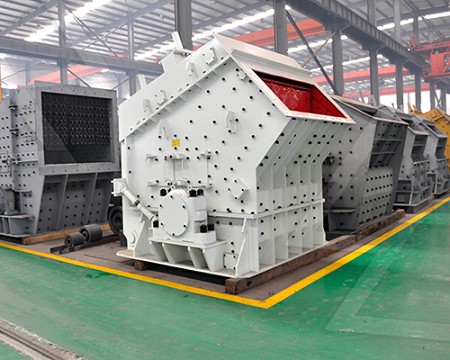معلومات ذات صله

استشر الولايات المتحدة
بصفتنا مصنعًا عالميًا رائدًا لمعدات التكسير والطحن ، فإننا نقدم حلولًا متطورة وعقلانية لأي متطلبات لتقليل الحجم ، بما في ذلك إنتاج المحاجر والركام والطحن ومحطة تكسير الحجارة الكاملة. نقوم أيضًا بتوريد الكسارات والمطاحن الفردية وكذلك قطع غيارها.






Amphibole Asbestos an overview | ScienceDirect Topics
1997年12月5日· The amphibole asbestos minerals are generally lathshaped, parallelsided, needlelike fibers These usually show features such as extinction contours,2021年5月16日· The term asbestos refers to a group of serpentine (chrysotile) and amphibole (amosite, crocidolite, anthophyllite, tremolite and actinolite) minerals with a fibrous habit Their(PDF) Asbestiform Amphiboles and Cleavage
Surface reactivity of amphibole asbestos: a comparison
2017年10月31日· Among asbestos minerals, fibrous riebeckite (crocidolite) and tremolite share the amphibole structure but largely differ in terms of their iron content andchrysotile (also known as ‘white asbestos’), and the five amphibole minerals – actinolite, amosite (also known as ‘brown asbestos’), anthophyllite, crocidolite (also known asASBESTOS (CHRYSOTILE, AMOSITE, CROCIDOLITE,
Surface and bulk modifications of amphibole asbestos in
2021年7月9日· This study aimed at investigating the surface modifications occurring on amphibole asbestos (crocidolite and tremolite) during leaching in a mimicked Gamble’sThe term “asbestos” is a misleading nonscientific commercial term [], which commonly refers to silicate minerals with fibrous morphology []From a legal perspective, six fibrous minerals are regulated as asbestos minerals:Infra Red Spectroscopy of the Regulated Asbestos
Modeling mesothelioma risk factors from amphibole fiber
Amphiboles are common rockforming minerals but when they form asbestos, they are known carcinogens Mesothelioma mortality among miners and millers per the unit ofThe potential toxic effects of short chrysotile and amphibole asbestos fibers with lengths <5 to ∼10 µm have been debated over the years This stems from the large database ofThe health effects of short fiber chrysotile and amphibole asbestos
A risk assessment for exposure to grunerite asbestos (amosite) in
1999年3月30日· Although the production and use of the commercial amphibole asbestos minerals—grunerite (amosite) and riebeckite (crocidolite)—have been almost completelyAmphiboles are only one of the mineral sources for jade and asbestos though Some jade is formed of a pyroxene mineral, while most modern asbestos is mined from chrysotile, a fibrous variety of serpentineAmphibole | Common Minerals
Asbestos: general information GOVUK
Amphibole fibres (crocidolite blue asbestos, amosite brown asbestos, tremolite, actinolite and anthophyllite) are brittle fibres and are often rod or needlelike in appearance It is this formAsbestos (/ æ s ˈ b ɛ s t ə s, æ z ˈ,t ɒ s / assBESTəs, az, oss) is a naturally occurring fibrous silicate mineralThere are six types, all of which are composed of long and thin fibrous crystals, each fibre (particulateAsbestos
Occurrence and characterization of tremolite asbestos from
2021年3月18日· Tremolite is one of the most common amphibole species and, in the fibrous form (ie, characterized by crystals/particles consisting of fibres with length > 5 µm, width < 3 ;µm and aspect ratioAmphibole ()Amphibole (/ ˈ æ m f ə b oʊ l /) is a group of inosilicate minerals, forming prism or needlelike crystals, composed of double chain SiO 4 tetrahedra, linked at the vertices and generally containing ions of iron and/or magnesium in their structures Its IMA symbol is Amp Amphiboles can be green, black, colorless, white, yellow, blue, or brownAmphibole
ASBESTOS Indian Minerals Yearbook 2020 IBM
binders for manufacturing asbestoscement products Amphibole asbestos generally finds use in heat insulation and treatment of acids Anthophyllite and tremolite fibres, although of good length, are too weak and brittle to be spun They are, therefore, used for boiler lagging, hardsetting magnesia composition and as a filler in2012年2月19日· Asbestos is a general name applied to a group of silicate minerals which naturally occur in fibrous form There are six principal asbestos minerals (Fig 1) which are divided into two main mineral groups: serpentine and amphibole asbestos The group of serpentine includes only one fibrous silicate mineral—chrysotileThermal decomposition of different types of asbestos
Asbestosrelated cancers: the ‘Hidden Killer’ remains a global threat
The asbestos ‘debate’, also known as the amphibole or chrysotile debate, concentrates on a supposed lack of carcinogenic potency of chrysotile asbestos and uses the following arguments: 1 Differences in the composition and shape of asbestos fibers explain the difference in carcinogenic potency between amphiboles and chrysotile [ Citation 33 ,Asbestos is the name given to a group of six different fibrous minerals (amosite, chrysotile, crocidolite, and the fibrous varieties of tremolite, actinolite, and anthophyllite) that occur naturally in the environment One of these, namely chrysotile, belongs to the serpentine family of minerals, while all of the others belong to the amphibole familyAsbestos | Public Health Statement | ATSDR Centers for
Amphibole asbestos soil contamination in the USA: A matter
Effects of Mineral Dusts (vol 28), asbestos is defined as “A term applied to asbestiform varieties of serpentine and amphibole, particularly chrysotile, crocidolite, amosite, asbestiform tremolite, asbestiform actinolite, and asbestiform anthophyllite The asbestos minerals possess asbestiform characteristics (Guthrie and Mossman 1993)”2023年6月21日· As noted above, Libby amphibole asbestos (LAA) has been found to cooccur with the vermiculite ore that was mined in Libby, Montana starting in the 1920s Due to the presence of asbestos, additional concerns have been raised about the potential for forest fires near the Libby Asbestos site to spread asbestos fibers, exposing firefightersAssessing human health risk from exposure to Libby amphibole asbestos
Recent progress and perspectives on the mechanisms underlying Asbestos
2021年10月12日· Most cases of mesothelioma are known to result from exposure to asbestos fibers in the environment or occupational ambient air The following questions regarding asbestos toxicity remain partially unanswered: (i) why asbestos entering the alveoli during respiration exerts toxicity in the pleura; and (ii) how asbestos causesAmphibole fibers are short, straight, sharp and needlelike and have been found in cement, cosmetic talc products, insulation, electrical wiring, paint and sealants Amphibole asbestos subtypes include amosite, crocidolite, tremolite, actinolite and anthophyllite These subtypes are not as frequently used as the serpentine subtype, chrysotileThe Types of Asbestos: Serpentine and Amphibole Minerals
THE PHYSICAL AND MOLECULAR STRUCTURE OF ASBESTOS
Molecular Structure of Amphibole Asbestos The other important asbestos minerals are members of the amphibole group The molecular structure of the fibers is, therefore, essentially the same for all of the members of this group, the individual types being char acterized by variations in the composition of the cation chains The struc2020年2月10日· A green amphibole associated with talc can safely be labelled actinolite and a brown amphibole associated with cordierite is safe to assume as belonging to the anthophyllitegedrite series, but there are few absolutes in the world of amphiboles Blue fibrous riebeckite (variety riebeckite amphibole asbestos) from South Africa SizeIntroduction to Amphibole Group Minerals
Amphibole Group Minerals | Properties and Occurrence Geology
2023年4月23日· Amphibole Amphibole is an crucial institution of usually darkishcolored, inosilicate minerals, forming prism or needlelike crystals,composed of double chain SiO4 tetrahedra, connected at the vertices and normally containing ions of iron and/or magnesium in their systems Amphiboles may be inexperienced, black, colorless, white, yellow, blue2001年9月15日· Asbestos is a commercial group of natural mineral fibers that mainly comprises chrysotile and the amphibole subgroup of asbestos The Commission of the European Communities recently adopted a directive that obliges member states to prohibit the marketing and use of chrysotile asbestos, a directive similar to that previouslyCancer Mortality among Workers Exposed to Amphibolefree Chrysotile
(PDF) Asbestiform Amphiboles and Cleavage Fragments
2021年5月16日· Addison, J Distinguishing between amphibole asbestos fibres and elongate cleavage fragment of their nonasbestos analogues In Mechanism in Fibre Carcinogenesis ; Plenum Press: New York, NYEye shadow palette #2 18 of 45† 149 to 386 million amphibole asbestos § 0000100004 1538 *Three of 8 total powderbased eyeshadow colors were tested in a multiproduct makeup kit † Twentyfive of 63 and 45 of 120 of total powderbased eyeshadow colors were tested from palettes #1 and #2, respectivelyAsbestos Contamination in TalcBased Cosmetics: An Invisible
Amphibole Group an overview | ScienceDirect Topics
Asbestos fibers are subdivided into the serpentine group and the The only member of the serpentine group is chrysotile asbestos, also known as white asbestos The five amphibole fibers are crocidolite (blue asbestos), amosite (brown asbestos), tremolite, actinolite, and anthophyllite Asbestos fibers may incorporate or be contaminated by2022年1月18日· Five of the six types belong to the amphibole family, while one—chrysotile—is categorized in the serpentine family Here’s what you need to know about asbestos, the risks it carries, and what to do about it if you suspect it’s in your home The History of Asbestos in the US Asbestos has been used for US industrialTypes of Asbestos and Health Risks angi